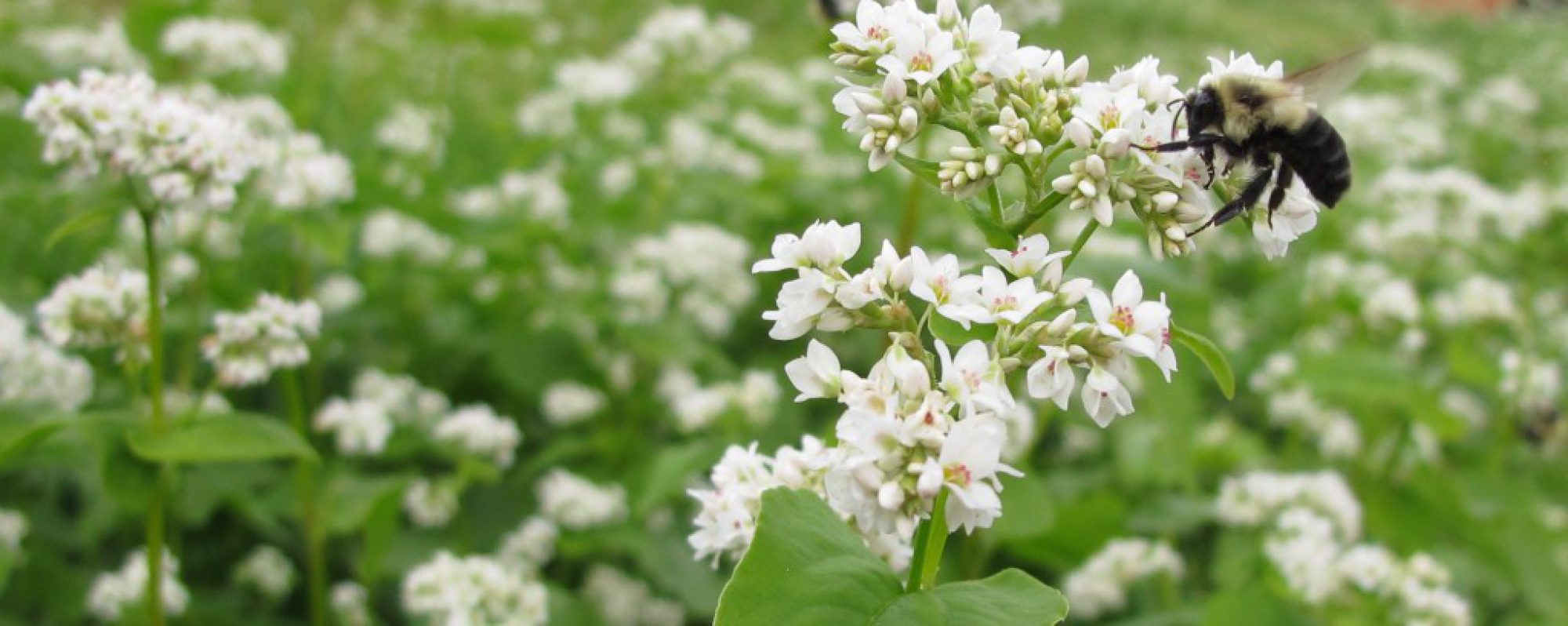If you remember back to elementary school science, you’ll remember that pollination is the transfer of pollen from the male parts of a flower to the female parts of the same or a different flower. Some plants like grasses and pine trees rely on wind, a sheer quantity of pollen, and a little luck for pollination to happen in order for viable fertilization to occur. This is what causes many people to be riddled with allergy problems this time of year and why my white truck has a dull yellow patina.
Other plants have evolved over the millenia into a more specialized form of pollination to include things like showy, colorful flowers, pleasing aromas, or tasty nectar to lure insects, birds, and mammals to do this work for them. For most of the fruits and vegetables that we enjoy, this pollination is done by insects such as flies, moths, butterflies, wasps and bees. Without insect pollinators, we would lose the ketchup and mustard on our hamburgers and the dessert menu would be without strawberry and chocolate ice cream. Even worse, we would eventually be reduced to wearing polyester, or heaven forbid, spandex, as insects are critical in the production of cotton.
A 2014 economic impact study by the University of Georgia determined that the annual value of pollination to Georgia is over $360 million. A similar nationwide study was released by the White House in June 2014 and it estimated that insect pollinators contribute more than $24 billion to the U.S. economy. This service is just as critical to our agriculture as rainfall and soil fertility.
Check out this short clip I took last summer of bumble bees pollinating a sunflower!
Pollinators and bees in particular, have suffered declining populations in recent years. The cause for this decline is multifaceted and includes the following: loss of habitat, simplification of agricultural and suburban landscapes, pests and diseases that affect domesticated pollinators, and the use of pesticides. Given pollinators’ importance and their declining populations, the U.S. Environmental Protection Agency is encouraging states to create specific plans to improve pollinator health.
The University of Georgia along with the Georgia Department of Agriculture has recently published the Pollinator Protection Plan for Georgia. The goal of this plan is to provide beekeepers, growers, pesticide applicators, and landowners a way to cooperate and communicate to protect pollinators. Georgia’s plan is a comprehensive set of guidelines, not rules, to follow in order to protect our critical pollinating insects. Georgia Commissioner of Agriculture, Gary Black, said, “No plan created by government or academia will ever surpass the vital role of individual responsibility.” So we are all in this together and we can all help in protected our pollinators.
Pollinators are in need of help and there are a number of things that the average homeowner can do to help improve the situation for these wonderful creatures.
- Plant a Pollinator Garden. Choose plants that flower at different times of the year to provide a continuous supply of nectar and pollen. Plant in clumps instead of single plants. Provide a variety of colors and flower shapes and use native plants as much as possible.
- Provide Nesting Sites. Most native bees nest in the ground, in wood or dry plant stems. If it is not a safety concern, consider leaving a dead tree or limb undisturbed. Small blocks of wood can be drilled with ¼ to ½-inch holes that are 3 inches deep to provide nest habitat.
- Avoid or Limit Pesticide Use. Pesticides can often lead to worse pest problems as they kill predatory insects as well. A landscape with a variety of plants that are well adapted to our area is one of the best ways to reduce the need for pesticides.

The official state plan is available online at t.uga.edu/280. For more honeybee research at the University of Georgia, go to ent.uga.edu/bees. If you are interested in learning about beekeeping and the critical role of pollinators, the Cherokee Beekeepers’ Club has an annual beekeeping school, field trips, and monthly meetings. For more info go to www.cherokeebeeclub.com.
